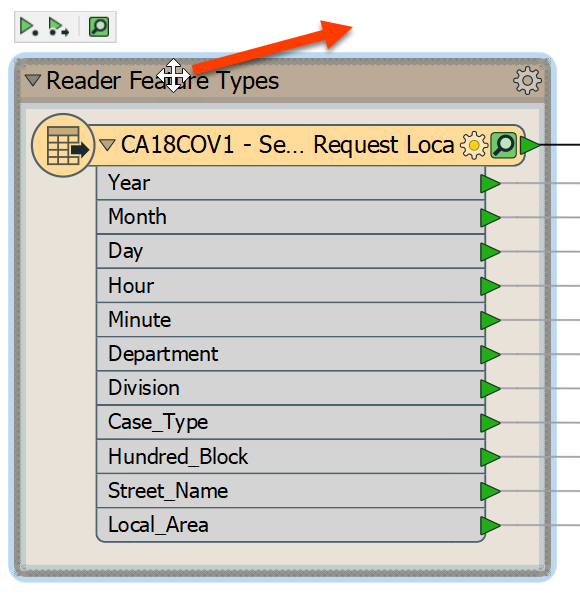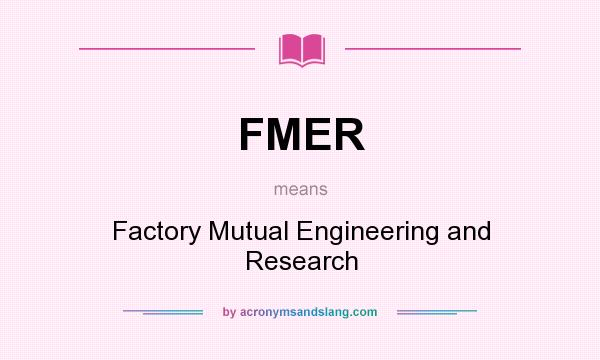

Today, our world has over 7,000 languages, each with its own words and particular grammar. We can also generate and understand an infinity of sentences according to the language’s grammar - the rules for ordering words.

We can create and learn thousands of words by pairing meanings with arbitrary strings of meaningless sounds (or signs).
 fme em e “shrimp ate it” (literally: shrimp ate it)īy the way, shrimp really do eat shrimp sometimes!. e fme em “it ate shrimp” (literally: it shrimp eat). e em fme ef “it is eating shrimp” (literally: it eat shrimp is). e fme ef “it’s a shrimp” (literally: it shrimp is). Simply choose some sounds, like “f,” “m,” and “e,” and invent words with them: fme could mean “shrimp,” em could mean “eat,” e “it,” and ef “is.” Next, organize these words into sentences - and feel free to use a wonky word order (like Yoda): Have a question you’d like an expert to answer? Send it to are languages formed? - Pearl, 12, Regina, Sask.Įasily! In fact, you can create a new language right now.
fme em e “shrimp ate it” (literally: shrimp ate it)īy the way, shrimp really do eat shrimp sometimes!. e fme em “it ate shrimp” (literally: it shrimp eat). e em fme ef “it is eating shrimp” (literally: it eat shrimp is). e fme ef “it’s a shrimp” (literally: it shrimp is). Simply choose some sounds, like “f,” “m,” and “e,” and invent words with them: fme could mean “shrimp,” em could mean “eat,” e “it,” and ef “is.” Next, organize these words into sentences - and feel free to use a wonky word order (like Yoda): Have a question you’d like an expert to answer? Send it to are languages formed? - Pearl, 12, Regina, Sask.Įasily! In fact, you can create a new language right now. 
Curious Kids is a series for children of all ages.








 0 kommentar(er)
0 kommentar(er)
